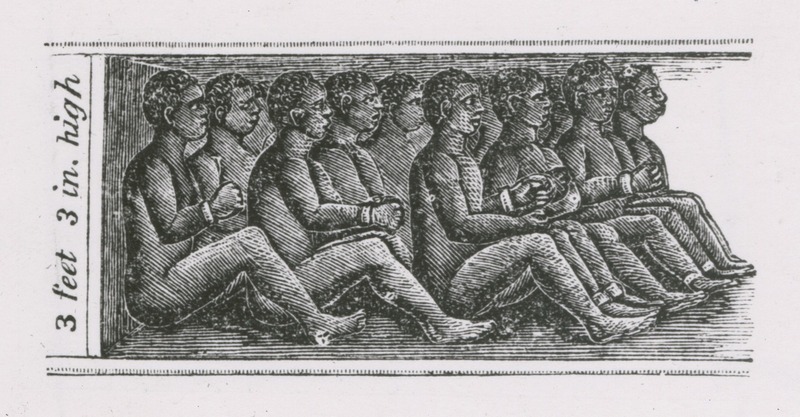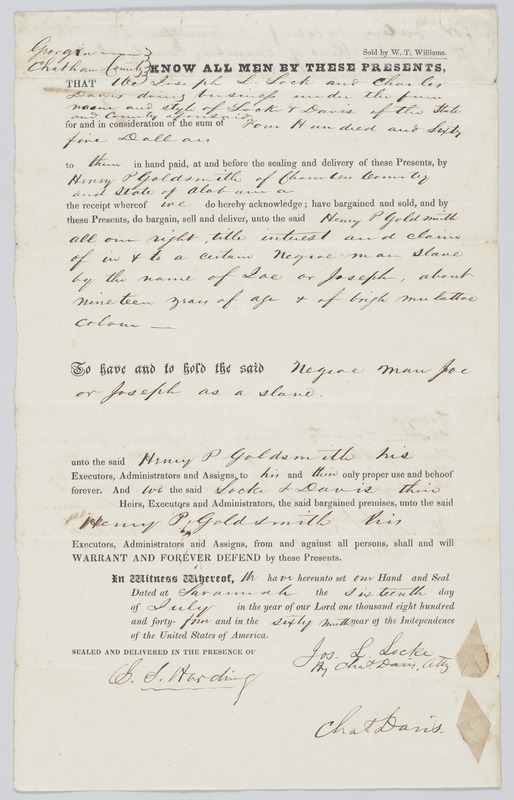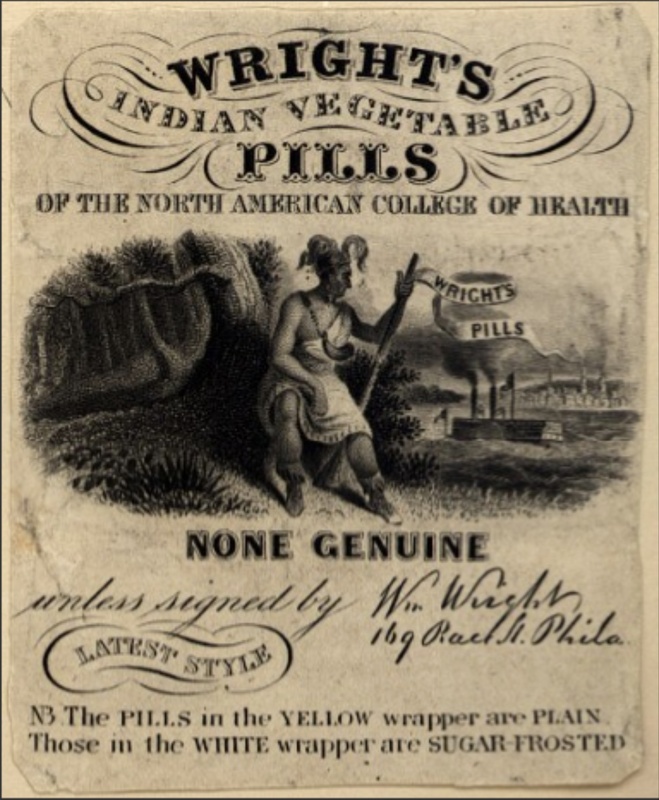Introduction
Capitalism has helped spread negative views regarding race, ethnicity, and culture worldwide.
Humans have an issue with “othering” each other (viewing and treating others as different and therefore inferior then themselves). The concept is not new; it has been around since the age of man and documented throughout history in text and artwork worldwide. Capitalism, a system in which private citizens or businesses can own and control property, has helped spread negative views regarding race, ethnicity, and culture worldwide. It has allowed for European majority first-world countries to set the example of civility, nobility, and superiority. For this reason, racism, the belief that one race is superior to another, and ethnocentrism, the belief that one’s ethnicity or culture is superior to another, continue to dominate discussions and headlines in places like the United States. The United States has a history of enslaving Natives of the continent and Africans. The country has used them to produce and manufacture products for wealth while also using the people themselves as a form of capital. Furthermore, even though the United States has abolished slavery, the country continues to exploit African Americans and Native Americans as a means to sell products, commodifying their culture and their likeness as a way to produce revenue. As world leaders, their example has spread worldwide. Their actions have allowed for the culture and likeness of Africans and those of African descent and Indigenous peoples to become means of revenue.
The country's use of capitalism has allowed for the commodification of humans.
The United States' socio-economic system based on private ownership has always allowed for production and exploitation of the labor force. During most of the country's history, that labor force depended on slaves. Europeans first enslaved the Native people before shipping African slaves across the Atlantic. Documentation of American slavery came in many forms. Literature mentioned slaves through stories, poems, essays, and letters. Drawings of slaves, such as the “View of Chained African Slaves in Cargo Hold of Slave Ship, Measuring Three Feet and Three Inches High,” showed the horrific living conditions slaves endured. Documents such as the “Bill of Sale with Two Transactions for an Enslaved Man Named Joe or Joseph” gave detailed evidence of the purchasing and selling of humans. Sometimes, as in the case of Joe, individuals passed through many hands for various prices. The country's use of capitalism has allowed for the commodification of humans. When it comes to their labor, culture, and likeness, their monetary value determines the worth of their lives and bodies. This logic allows for African Americans and Native Americans, along with other marginalized groups, to be reconceptualized as nothing more than cash, dismissing each individual's needs, wants, and rights. When dehumanizing others and viewing them as objects, they become nothing more than merchandise. Their labor, likeness, bodies, and culture become nothing but assets.
For hundreds of years, African American and Native American bodies have been property. It started from their enslavement and followed through to advertising their likeness and culture. Images such as chiefs and servants promoted negative stereotypes. Most ads demonized and demeaned Blacks. Ads for Natives, like “Wright’s Indian Vegetable Pills," more often romanticized them. Wright's product claimed to use medicinal properties from Native American culture and depicted an image of a Native person on the cover. It was a common gimmick. The Indian medicine man became a trusted figure for many Americans. The use of Native images and the word “Indian” in Wright’s advertising helped sell their product during the continued oppression of Native Americans. In short, such images helped keep racism, bias, prejudice, and other social injustices alive. Today Native and African Americans deal with the aftermath of objectification and stereotyping. The high level of missing and murdered Native American women plagues many tribes. The high rates of murdered African American men by police have resulted in protests worldwide. Human commodification has a negative psychological and sociological impact on marginalized groups and harms society. For these reasons, we must address the objectification of race, ethnicity, and culture. We must tell the history and challenge the present conditions.
Even though we tell ourselves that we cannot put a price on a human life, we have.
The United States has a moral and ethical dilemma at hand. As a society, it cannot continue to sweep its past under the rug with the belief that with the abolishment of slavery, it has achieved equality and that “All Lives Matter.” Americans must do what is morally and ethically right. We must accept that even in our modern times, all lives do not matter. The evidence is all around us. It is in the modern slave labor used to provide the food we eat and the racial and ethnic advertising used to sell the items we buy. We must accept our past, and we must accept the truth presented to us; that as a nation, we still hold firm to the practice of commodifying humans. This exhibit aims to acknowledge this truth by looking into how slavery and racist advertising of Native and African Americans were used as a means for profit. With great hope, the items seen throughout the exhibit allow the viewers to reflect on the issues at hand. Because even though we tell ourselves that we cannot put a price on a human life, we have. We continue to do so and will do so as long as we “other” each other as nothing more than a human commodity.


